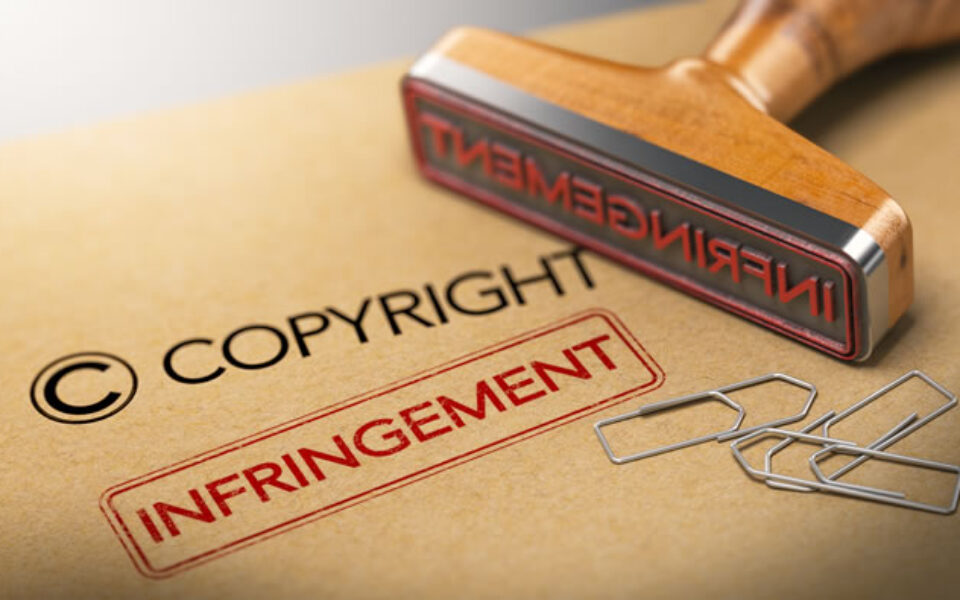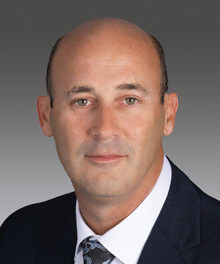Slicing the Apple: Apportionment of Property Infringement Damages
By Robert Burton, JD, CPA, ABV, CFE, CFF, Director, Advisory Services
With the rapid pace of innovation, Courts have been challenged with assessing increasingly complex infringement claims and with the chore of quantifying damages associated with such infringement. One such challenge involves cases of allegedly infringing design components which have been incorporated together with non-infringing components into larger products. In cases where intellectual property rights are found to have been infringed, Courts typically require proper “Apportionment” of damages. Such issues have been addressed by the Courts as far back as the late 1800’s. However, the increasing complexity of modern design is once again bringing these issues to the forefront.
A plaintiff patent owner is required to separate or apportion economic damages attributable to the patented features contained within the accused product to the exclusion of any profits attributable to unpatented features. While the apportionment requirement may sound straightforward, it can be extremely challenging to implement in cases involving modern product designs.
For example, consider two cases involving tech giant Apple:
In an epic battle of the behemoths that commenced back in 2011, Apple sought damages from top competitor Samsung, claiming Samsung had infringed on utility and design patents crucial to the iPhone’s success. The jury initially awarded Apple over $1 billion dollars. This amount was subsequently reduced in retrial to $399 million, representing the entire profit that Samsung made from the infringing smartphones. In its own defense, Samsung argued that under apportionment principles damages should be limited to approximately $28 million – the profits Samsung said were attributable to the components of its phones that infringed.
The case was appealed to the Supreme Court, which heard arguments in September 2016. In a unanimous decision, the Court ruled that Apple’s damages should be limited to the total profits associated with the smartphone’s front face and screen (the infringing design components), as opposed to the total profits associated with the smartphone as a whole. The Supreme Court remanded the case for better determination of the infringing “articles of manufacture” and associated damages. While the lower Courts were working to address the issue of apportionment of damages, Apple and Samsung reached an independent out-of-court settlement, fully resolving the issue in June of 2018. Terms of the settlement were not disclosed.
Apple also finds itself as the defendant in litigation brought by patent-holding firm VirnetX, where Apple is accused of infringing on four patented technologies that were allegedly used in Apple’s FaceTime and other iOS apps. VirnetX first sued Apple in 2010, winning $368 million. It sued again in 2012, and Apple was once again found liable for infringement. Following apportionment analysis, the Court awarded damages of $1.20 per infringing Apple device, including certain iPhones, iPads, and Macs. The Court then increased damages to $1.80 per device because Apple’s commercial behavior was deemed “willful infringement” (i.e., knowingly violating patent rights).
In April of 2018, VirnetX won another judgement against Apple for $502.6 million in Federal District Court in the Eastern District of Texas. However, these cases are currently under appeal. Additionally, the U.S. Patent Trial and Appeal Board has now also ruled that VirnetX’s patents are invalid, and this ruling may impact future appeals. In fact, on January 28th of this year Apple officially urged the Federal Circuit to throw out the VirnetX judgment against Apple, arguing the asserted claims of all the patents in the case have been invalidated by the PTAB.1
As illustrated above, quantification of economic damages for infringement of sub-components can be quite challenging. Two other recent court cases illustrate additional complexities and considerations involved in apportionment:
In the matter of Finjan, Inc. v. Blue Coat Systems, Inc.2, plaintiff Finjan alleged that Blue Coat had infringed on its patents governing computer software for protecting against malware. With regard to damages, Blue Coat argued that Finjan had failed to sufficiently apportion damages to the infringing functionality of the infringing product. Finjan asserted that it satisfied the apportionment requirement by using the “smallest, identifiable technical component” of the accused product. The Federal Circuit stated that even with the use of the “smallest, identifiable technical component,” Finjan was still subject to the “essential requirement” that the reasonable royalty award be based on the incremental value of the patented invention. Since the “smallest, identifiable technical component” of the accused product also included non-infringing features, further apportionment was required.
In another infringement case, lawnmower manufacturer Briggs & Stratton was sued by Exmark for violation of a patent governing improved flow control baffles to efficiently direct grass clippings towards the side discharge opening of a mower.3 Plaintiff Exmark prepared a damages model that apportioned damages by use of a reduced royalty rate. Briggs & Stratton objected to the damage calculation, contending that Exmark’s expert should have determined damages by apportioning the royalty base, not the royalty rate. The appellate court rejected Briggs’ argument and held that damages may be apportioned by apportioning either the royalty rate, the royalty base, or a combination of both. Following judgement for the Plaintiff, on appeal, the Federal Circuit vacated the jury’s damages award. While the Federal Circuit agreed that it was permissible to apportion damages through the royalty rate rather than the royalty base, it found that Exmark’s expert failed to adequately tie her proposed royalty rate of 5% to the facts of the case.
These cases illustrate the inherent challenges of intellectual property litigation, where damages must be accurately quantified and apportioned with sufficient supporting data for the trier of fact. To ensure that your damage claims are credibly measured and defendable at trial, be sure to seek the assistance of trained advisory and accounting professionals.
Sources
1. https://www.law360.com/articles/1122202/apple-urges-fed-circ-to-ax-virnetx-s-600m-patent-win
2. http://www.cafc.uscourts.gov/sites/default/files/opinions-orders/16-2520.Opinion.1-8-2018.1.PDF
3. http://www.cafc.uscourts.gov/sites/default/files/opinions-orders/16-2197.Opinion.1-10-2018.1.PDF





















